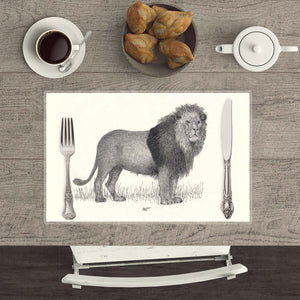The Main Principles Of Unique Art
The Main Principles Of Unique Art
Blog Article
The Basic Principles Of Unique Art
Table of ContentsAbout Unique ArtUnique Art Things To Know Before You BuyLittle Known Questions About Unique Art.Some Known Details About Unique Art
While one may dispute which art kind holds precedence, the fact continues to be that each of these seven types gives a distinct window into human background, society, and development. They are the tapestries that chronicle our journey, advising us of our past while motivating visions for the future.Excellent art work narrates, makes people look two times, and creates a special experience that can't be matched. Art and pictures connect all of that with shade, shape and various other layout components. Learn how to make your special art work stand out from the group.
To bring even much more dramatization, he expanded the paint. The curves, along with a spherical sconce, soften the sides. Frames classic posters and maps of cherished locations set the scene.
8 TRIA GIOVANEqual components grand and laidback, this foyer designed by Anthony Baratta is the ideal blueprint to comply with if you're embellishing a formal entry that still really feels unfussy and comfy. Formed fabrics take facility phase (see the carpets and the couch), however they likewise help bring the high ceilings down to a human range when hung over wallpaper.
Not known Details About Unique Art
18 Heidi Caillier DesignA gallery wall does not require to take up the whole space. In some cases a little one can make a bigger design declaration. In this living area, Hiedi Caillier opted for micro-mini frameworks and an arbitrary composition.
, the expression of concepts and feelings, with the development of particular aesthetic top qualities, in a two-dimensional aesthetic language. The elements of this languageits forms, lines, colours, tones, and texturesare utilized in numerous methods to create sensations of volume, room, movement, and light on a flat surface. These elements are combined right into expressive patterns in order to stand for actual or superordinary sensations, to translate a narrative motif, or to create completely abstract aesthetic partnerships.
Later the concept of the "fine artist" established in Asia and Renaissance Europe. Noticeable painters were afforded the social standing of scholars and courtiers; they signed their work, chose its design and usually its subject and imagery, and established a much more personalif not constantly amicablerelationship with their customers. Throughout the 19th century painters in Western cultures started to shed their social position and protected patronage.
What Does Unique Art Do?
Others gained an income via visiting exhibits of their Check Out Your URL work. The requirement to appeal have a peek here to a marketplace had replaced the similar (if less impersonal) demands of patronage, and its result on the click this link art itself was most likely comparable too. Unique Art. Normally, artists in the 20th century can reach an audience only through business galleries and public museums, although their job might have been occasionally replicated in art periodicals
For the history of paint in ancient Egypt, see Egyptian art and architecture. The development of paint in different areas is dealt with in a number of articles: Western painting; African art; Main Asian arts; Chinese paint; Islamic arts; Japanese art; Oriental art; Native American art; Nautical art and architecture; South Oriental arts; Southeast Asian arts. For a discussion of the forgery of masterpieces, see bogus. For a conversation of the duty of paint and other arts in faith, along with of the use of religious signs in art, see religious significance and iconography. For information on various other arts connected to paint, see articles such as drawing; individual art; printmaking. It is the sense of certainty in this formal company that gives a great painting its self-sufficiency and presence. The colours and placement of the principal pictures in a layout might be sometimes greatly decided by representational and symbolic factors to consider. It is the official interplay of colours and forms that alone is capable of communicating a certain state of mind, producing optical feelings of space, volume, activity, and light and creating forces of both harmony and tension, even when a painting's narrative importance is obscure.
Do not replicate the style of other artists if you're attempting to locate your design. Copying other individuals's art work can be excellent in instructional purposes but it will not make you closer to finding your own distinct style. Your artistic design has to be, what you like and what influences you.

The Basic Principles Of Unique Art
You require to attempt whole lots of various alternatives and explore whatever before you can concentrate on one certain design or you'll be tired, or worse, you'll hate your very own design. So I suggest you to attempt every single subject that you want, check out as much as you can. Try different mediums that excite you and brand-new methods you have actually never attempted prior to.
With time you'll be able to sort every one of them right into your favored and the very least preferred categories. Try to concentrate your attention on the subjects and tools that you like and before you see it coming you'll have your very own personal and one-of-a-kind design, like no one else have! In the end you'll have a few preferred topics to repaint and possibly a few favored mediums.

Report this page